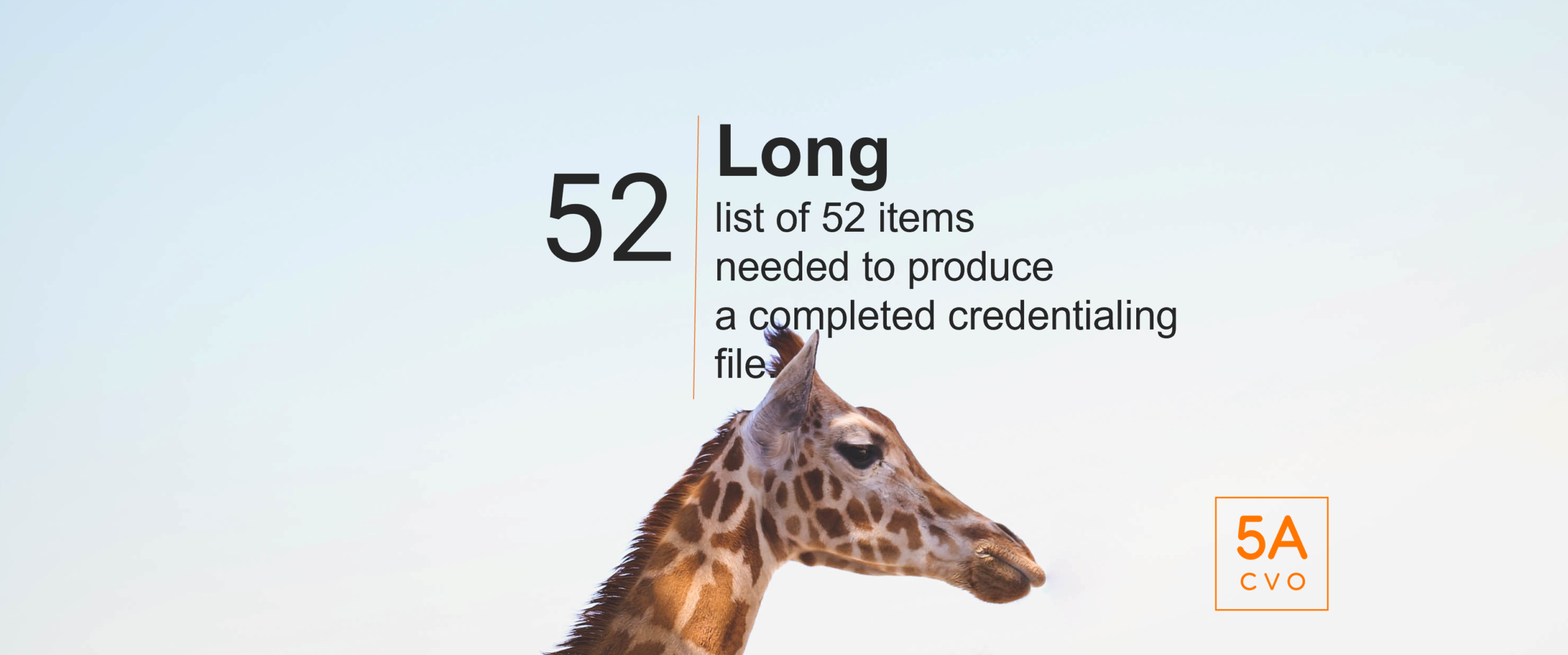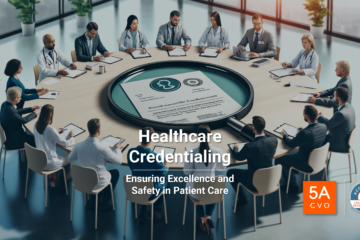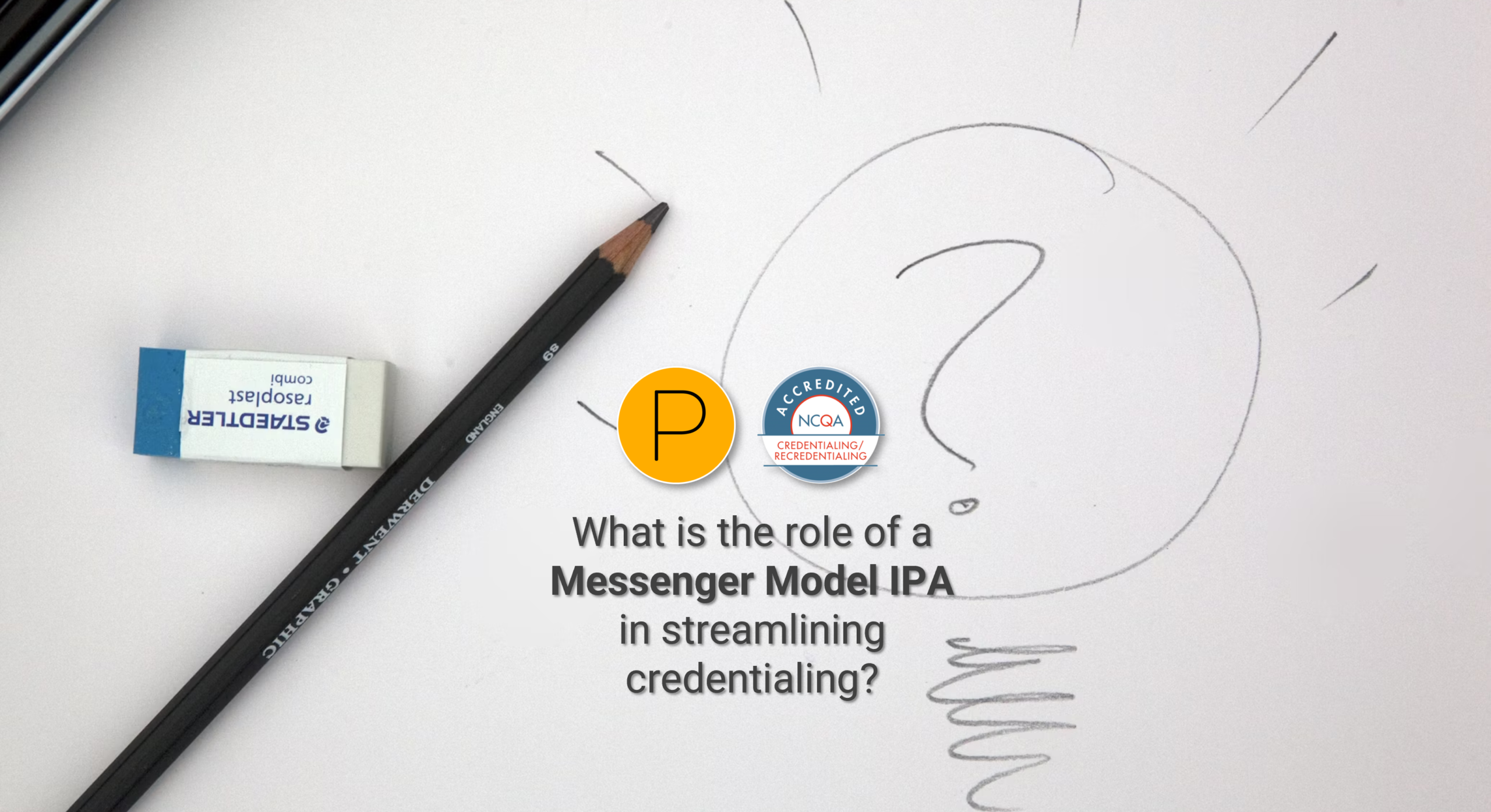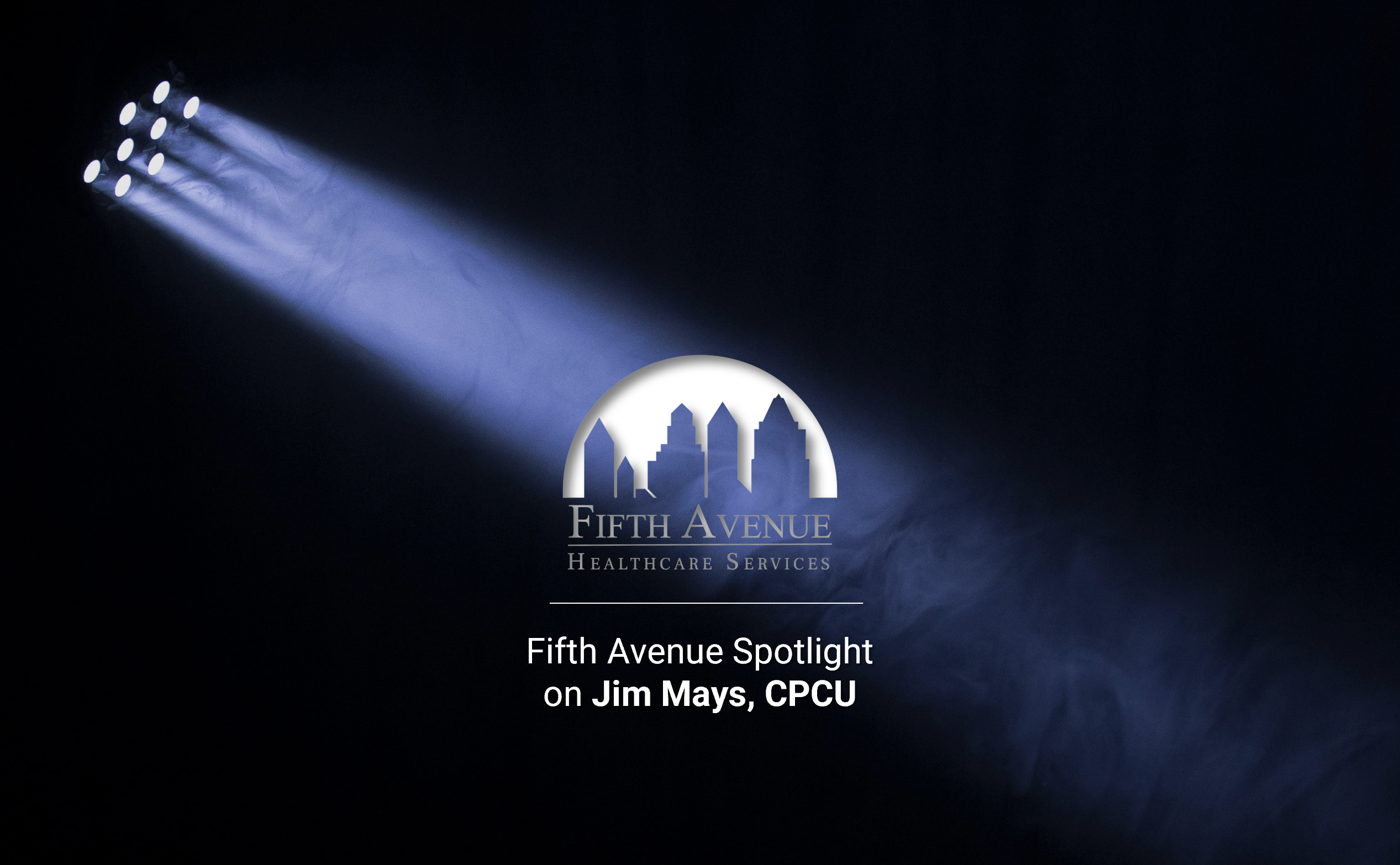Provider enrollment is the process known as payer enrollment in which providers apply for and contract with health plans, networks, Medicare, and Medicaid so that the provider can receive payment for services. Provider Enrollment is a complex, multi-step process that medical providers must undergo, including the traditional credentialing process (which can be 52+ steps) going back and forth between payer and provider. Working with an expert in this field can be beneficial in navigating the complexities of varied applications that are different based on state, specialty, health plan, and network.
Working with an expert is essential for providers because it puts the provider on the right track in terms of maintaining the efficiency of their health services. Reducing the enrollment burden on providers helps ensure patients get the best possible medical care. Policies and regulations vary from state to state and can be pretty complex.
For example, the State of OK’s OHCA Policies and Rules is fifty chapters long, and how to get and stay credentialed as a provider is buried within that policy. Similar Policies and Rules vary by state, plans, and network, illustrating the complicated enrollment process.
Below is a high-level overview, a three-stage summary of provider enrollment
1. Credentialing (Primary Source Verifications)
The credentialing application is usually the first step of the provider enrollment process. This process deals with primary source verification of the provider’s credentials and the application for enrollment to the health plan. The credentialing process traditionally is a list of 52+ items required to complete. It includes a deep dive into the provider’s education, training, and practice experience to ensure they follow specific state and industry regulations and have the training, certification, and expertise to be qualified to practice and enroll with a particular health plan and network.
Conventional credentialing typically involves 52+ action steps that must occur before a file is ready for presentation.
52 conventional credentialing steps include:
- Sending out, tracking, and receiving the provider application packet.
- Obtaining the provider’s release.
- Getting the privilege forms.
- Reviewing the disclosure’s questions and answers.
- Evaluating the explanations of time gaps and claims history.
- Assessing medical malpractice claims history.
- Acquiring applicable certificate copies of Board, ECFMG, Medical School, Internship, Residency, Fellowship, and 2 years CME.
- Obtaining copies of government-issued photo ID, Malpractice, DEA, and CDS.
- Getting CPR, ACLS, and PALS certificate copies.
- Acquiring TB, MMR, varicella, and flu vaccination records.
- Attesting any conflict of interest.
- Collecting a provider release and ordering a criminal background check.
- Obtaining an Allied Health Professional’s Supervising Physician’s Statement.
- Verifying Board certification.
- Reviewing and confirming AMA and AOA Profile.
- Authenticating medical school internship, residency, fellowship, and affiliations.
- Confirming state medical licensure.
- Obtaining professional peer references.
- Gathering current medical malpractice claims history.
- Researching primary and out-of-state licenses for disciplinary actions.
- Verifying DEA certification.
- Verifying CDS certification (if applicable).
- Obtaining a copy of the provider’s current certificate of insurance.
- Confirming any Medicare and Medicaid sanctions (OIG) and exclusions (SAM).
- Performing an extensive 10-year criminal background check.
- Running a National Practitioner Data Bank query.
2. Payer Application
Each health plan, including Medicare, has its application process. Like enrollment policies, applications can vary based on state, health plan, network, and area of practice. Learning how to apply with any payor can be frustrating and time-consuming. Applying to multiple payors per provider can drain resources, time, and energy and increase costs that could be better spent on helping patients or running a provider’s practice.
3. Contracting
Sometimes during the credentialing and plan application process, the plan sends a contract to the provider for review and signature. Once the provider approves the terms and signs off on the contract, the plan counter-signs the agreement, credentialing is done, the plan completes the loading process, and a date is set that the provider can begin accepting covered patients and begin billing.
The same general process is repeated for each plan, including Medicare and Medicaid. It is helpful to have someone with experience aid the provider in the Medicare and Medicaid application process; Medicare enrollment can be complex, time-consuming, and costly mistakes can be made.
The Power of the Primoris 1-2 Punch
Primoris has 54+ health plan and network options across the Midwest through delegated and non-delegated provider enrollment. Primoris allows one to participate in dozens of health plans and network options through a single application. The real power of Primoris is two-fold in both the delegated and non-delegated process of provider enrollment. Primoris provides a 1-2 power punch through delegated and non-delegated enrollment options.
1. Delegated Provider Enrollment
Primoris is delegated by most major plans in Oklahoma and is adding dozens of plans in IL, MO, and TX. Delegation is achieved by meeting and exceeding stringent policy and quality requirements and passing annual audits. It provides unparalleled efficiency and control over the entire credentialing process.
This allows Primoris members to take advantage of several game-changing abilities, including:
- Single Application Enrollment (SAE) with numerous plans and network options across the Midwest
- Single Point of Contact (SPC) and a team of provider enrollment and credentialing experts with an aggregate of 385+ years of experience
- Single Data Source (SDS) to house, access, and print all your credentialing documents as well as allow you access to monitor updates through a single sign-on to your provider credentialing portal
2. Non-Delegated Provider Enrollment
Primoris puts our relationships with carriers, networks, Medicare, and Medicaid to work with our providers should a provider desire non-delegated enrollment service. Our relationships, contacts, learned best practices and team expertise help our team’s efficiency in gathering, vetting, and submitting the required documentation and following up as needed.
Primoris provides s Single Point of Contact (SPC) and a team of provider enrollment and credentialing experts with an aggregate of 385+ years of experience; and Single Data Source (SDS) to house, access, and print all your credentialing documents as well as allow you access to monitor updates through a single sign-on to your provider credentialing portal.
Primoris provides a simplified enrollment process, cutting down the time it takes to be enrolled with the health plans and network options that best suit you as a healthcare provider. This ultimately helps you begin billing faster and start seeing patients sooner.
More information about Primoris Credentialing Network
Primoris Credentialing Network is an NCQA Credentialing Accredited specializing in credentialing and provider enrollment with 54+ health plan and network provider enrollment options. Primoris is a family member of Fifth Avenue Healthcare Services. Sister companies include 5ACVO (credentialing and primary source verification specialists) and Fifth Avenue Agency (MPLI and medical malpractice specialists).
Primoris Credentialing Network originally published this article here. For more information on Primoris Credentialing Network, please visit PrimorisCredentialingNetwork.com or Contact Us.
